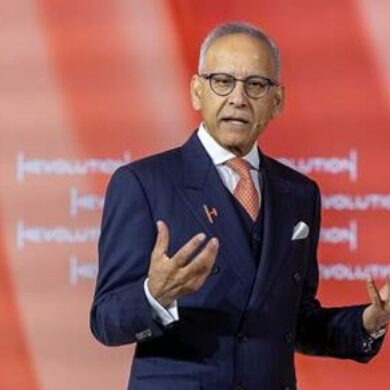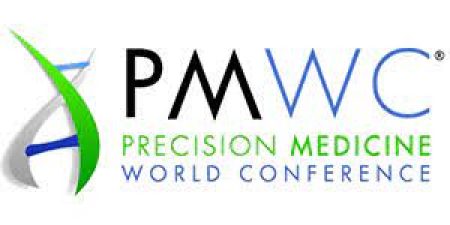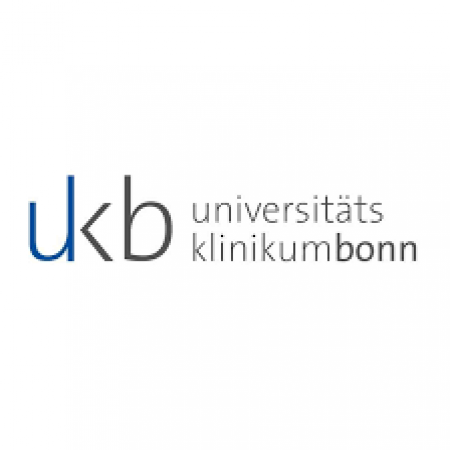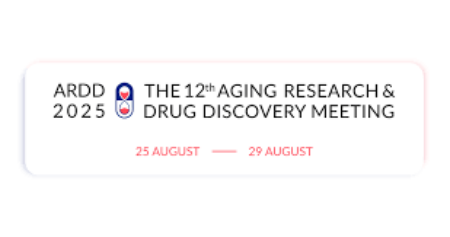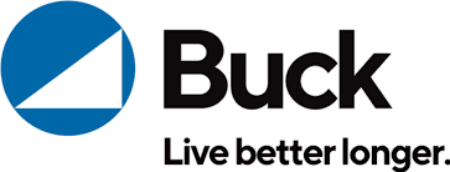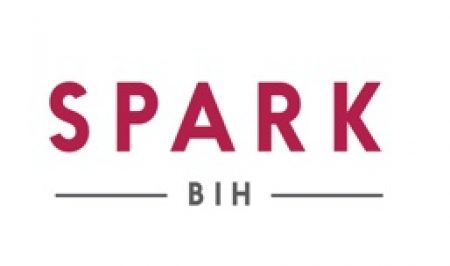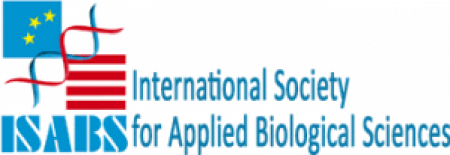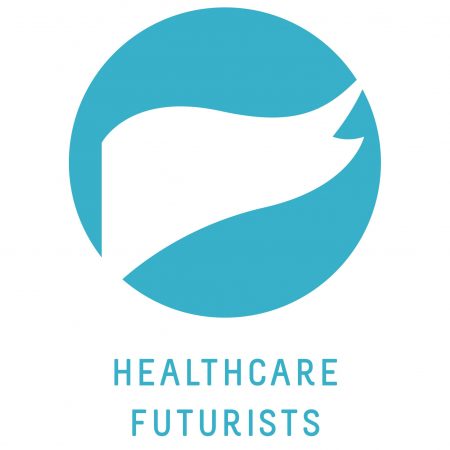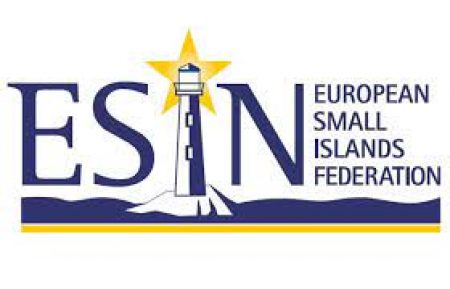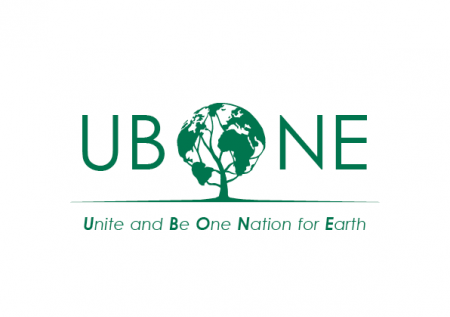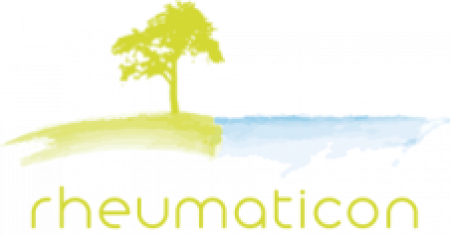
THE HEALTHSPAN ECONOMY & ECOSYSTEM
360º NEXT GENERATION LIFECARE
“Navigating sustainable Medicine & Health in your Community”
THE HEALTHSPAN ECONOMY
FROM AN SICKCARE & SICKSPAN ECONOMY TOWARDS THE HEALTHSPAN ECONOMY
WELCOME ABOARD
THE HEALTHSPAN ECONOMY
Definition:
The Healthspan Economy encompasses the economic systems, industries, and policy environments that support and benefit from increasing years of healthy life. It measures and maximizes the economic value of a population living longer in good health and functioning.
Key dimensions:
Represents a shift in investment from treating disease to preventing age-related decline.
Recognizes that even modest extensions of healthspan can produce substantial societal and economic returns by reducing healthcare costs and increasing workforce productivity.
Includes sectors such as pharmaceuticals, digital health, wellness, insurance, and age-tech.
Requires supportive public policy, regulatory frameworks, and incentives to scale innovations that promote healthy longevity.
Economic Rationale: Turning Ageing from Burden to Opportunity
Andrew J. Scott, London Business School economist and co-author of The 100‑Year Life and The Longevity Imperative, challenges the traditional view of ageing as a fiscal threat. He argues that extending healthspan—that is, the healthy, productive years of life—can generate immense economic upside. A mere one-year increase in healthy lifespan could deliver an economic benefit worth US $38–40 trillion, while a ten-year gains reach up to US $367 trillion globally
Applied to European economies (GDP approx. €17 trillion for the EU), even conservative healthspan gains of one year could multiply into €10–12 trillion in healthcare savings and productivity gains—echoing Scott’s macroeconomic projections.
Hevolution Foundation: Funding the Healthspan Shift
The Hevolution Foundation, a global non-profit backed by up to US $1 billion per year, focuses on proactive investment into geroscience, drug development, and digital health.
To date, it has committed over US $400 million in grants and early-stage investments across Europe, North America, and beyond, including a €115 million multi-year program (HF‑GRO) and targeted biotech funding (e.g. Aeovian mTORC1 inhibitors)
Hevolution emphasizes strategic alignment with public economic goals—advocating for models that support longer healthy working lives, sustainable pension systems, and an “evergreen” workforce
Continental Impacts: Europe and Beyond
- In developed regions like Europe, where age-related illnesses absorb a large share of spending, pivoting toward healthspan could relieve fiscal pressure. Hevolution leadership cites US healthcare expenses near US $300 billion annually for Alzheimer’s alone, and similar figures across chronic diseases; in Europe, these costs translate proportionally in euros
- In emerging economies, healthspan investment allows leapfrogging outdated care systems, reducing long-term disease burden while fostering skilled employment .
Policy and Economic Levers
The Healthspan Economy:
Unlocking the Value of Healthy Aging
1. Abstract
The concept of the “Healthspan Economy,” as introduced by Professor Andrew J. Scott, emphasizes the importance of extending not just lifespan but healthspan—the period of life spent in good health. This paradigm shift focuses on enhancing the quality of life during extended years, presenting significant economic opportunities across various sectors. By investing in health, purpose, and engagement, societies can transform aging into a period of vitality and productivity.
2. Introduction
As global life expectancy increases, the challenge is not just to live longer but to live better. Professor Andrew J. Scott, in his works such as *The 100-Year Life* and *The Longevity Imperative*, introduces the notion of the “Healthspan Economy.” This framework encourages individuals and societies to invest in practices and policies that extend the years spent in good health, thereby enhancing overall life satisfaction and productivity.
3. Article
The Shift from Lifespan to Healthspan
Traditional metrics of success have centered on increasing lifespan. However, Scott argues that without a corresponding increase in healthspan—the period of life spent in good health—longer lives may not equate to better lives. He highlights that many individuals experience a significant portion of their later years in poor health, which diminishes their quality of life and places a strain on healthcare systems.
The Evergreen Economy
Scott introduces the concept of the “evergreen economy,” which focuses on sustaining health, purpose, and engagement throughout life. This model encourages early investment in health and well-being, recognizing that actions taken in middle age can have profound effects on later life quality. Sectors such as leisure, education, food and beverage, and financial services play pivotal roles in this ecosystem, offering products and services that support healthy aging.
Policy Implications
To foster a Healthspan Economy, Scott advocates for policies that promote preventive healthcare, lifelong learning, and flexible work arrangements. He emphasizes the need for a societal mindset shift that views aging as an opportunity for continued contribution and fulfillment, rather than a period of decline.
4. Summary
Professor Andrew J. Scott’s Healthspan Economy framework redefines aging, focusing on enhancing the quality of life during extended years. By investing in health, purpose, and engagement, individuals and societies can transform aging into a period of vitality and productivity. This approach not only benefits individuals but also presents substantial economic opportunities across various sectors.
5. References
Scott, A. J. (2024). The Longevity Imperative: How to Build a Healthier and More Productive Society to Support Our Longer Lives. Basic Books.
Scott, A. J., & Mather, R. (2016). The 100-Year Life: Living and Working in an Age of Longevity. Bloomsbury Publishing.
McKinsey Health Institute. (2024). The ‘Evergreen Economy’: Harnessing the power of healthy longevity. [Link](https://www.mckinsey.com/mhi/our-insights/the-evergreen-economy-harnessing-the-power-of-healthy-longevity)
—
Healthspan Dividend Table:
Estimated Economic Value of One Additional Year of Healthspan
| Country | Estimated Economic Value (EUR) | Notes | |
| ———– | —————————— | ——————————————————————— | ————————————————— |
| Germany | €1.5 trillion | Based on increased productivity and reduced healthcare costs | |
| France | €1.2 trillion | Includes savings in public health expenditures | |
| Italy | €1.0 trillion | Reflects improved labor market participation | |
| Spain | €950 billion | Accounts for enhanced quality of life and reduced dependency ratios | |
| Netherlands | €850 billion | Considers increased consumer spending and tax revenues | |
| Sweden | €800 billion | Incorporates gains from active aging and reduced social care needs | |
| Poland | €700 billion | Based on projected improvements in workforce participation | |
| Hungary | €650 billion | Includes potential savings in long-term healthcare costs | |
| Romania | €600 billion | Reflects economic benefits from healthier aging demographics | |
| Bulgaria | €550 billion | Accounts for increased economic activity and reduced disability rates | ([The Retirement Cafe][1], [McKinsey & Company][2]) |
Note: These estimates are based on economic models and projections related to the value of extending healthspan. Actual figures may vary depending on specific national contexts and data availability.*
—
[1]: https://www.theretirementcafe.co.uk/episodes/100-prof-andrew-scott?utm_source=chatgpt.com “Professor Andrew J Scott discusses The …”
[2]: https://www.mckinsey.com/mhi/our-insights/the-evergreen-economy-harnessing-the-power-of-healthy-longevity?utm_source=chatgpt.com “Professor Andrew J. Scott on healthy longevity | McKinsey”
HEALTHY LONGEVITY ECOSYSTEMS
FROM FRAGMENTED SILOED DISEASE-REACTIVE REGIONAL HEALTHCARE TOWARDS SCALEABLE INTERNATIONAL HEALTH ECOSYSTEMS WITH INTEGRATED HEALTHY LONGEVITY MEDICINE FOR ALL
WELCOME ABOARD
The Healthy Longevity Ecosystem:
Inspired by Singapore’s Vision for Integrated Urban Longevity:
A Scalable Model for Future-Ready Societies
1. Abstract
As populations age across the globe, the urgency to build not just longer lives but healthier ones is undeniable. Singapore stands at the forefront of a new paradigm—**The Healthy Longevity Ecosystem**—which combines smart urban design, digital healthcare, intergenerational living, and sustainability to redefine aging for modern societies. This article explores how this model can be adapted and scaled across **metropolises, regions, and islands**, forming a robust, interconnected network that places **healthspan at the center of progress**.
2. Introduction
The 21st century is not just the era of longevity—it is the era of health-driven longevity. Around the world, healthcare systems are grappling with the mismatch between increasing life expectancy and the declining quality of those added years. Enter Singapore: a small island nation with a big ambition—to prototype a Healthy Longevity Ecosystem that seamlessly fuses innovation, infrastructure, policy, and community engagement.
This model serves as a living laboratory for aging well. It offers a blueprint for other contexts—urban megacities, regional hubs, and even island territories—to reimagine aging as an opportunity for economic, social, and ecological renewal.
3. Article
3.1 Rethinking the Fabric of Cities: From Urban Centers to Longevity Enablers
Singapore’s urban planning doesn’t just accommodate life—it actively **extends and enhances it. The “City in a Garden” concept embeds nature within the urban grid, creating a therapeutic environment that fosters physical and mental wellness. Green corridors, walkable neighborhoods, and age-friendly architecture enable citizens to stay active and connected well into their 80s and 90s.
This model can be adapted to metropolitan areas by transforming dense cities into biophilic hubs – where green infrastructure supports not just the environment, but also the biology of aging.
3.2 Smart Health, Smart Lives: Digital Integration for Healthy Aging
Singapore’s digital health innovations, like SingaporeWALK, empower older adults with personalized data on movement, heart rate, and cognition, while simultaneously connecting them to community programs and healthcare providers. Wearables and AI platforms guide individuals to make healthier decisions in real time.
For regional and rural areas, this creates an inclusive opportunity: a digitally powered healthcare system that reaches everyone—regardless of geography—through mobile tech, remote diagnostics, and data-driven prevention.
3.3 Intergenerational Living and Community Design
A standout example is Kampung Admiralty, an integrated development that co-locates housing, childcare, eldercare, medical centers, and retail. It isn’t just a building—it’s an ecosystem in a building. Here, people of all ages cross paths, learn from one another, and support mutual well-being.
This principle can be replicated in both dense cities and smaller islands to counter social isolation, reweave community fabric, and dignify the experience of aging through proximity and purpose.
3.4 Sustainability as a Health Asset
What’s good for the planet is also good for the aging body. Singapore’s climate-resilient infrastructure, low-emissions transport, and circular waste systems improve air quality and mobility—two silent yet powerful enablers of longer, healthier lives.
Islands and coastal regions, often vulnerable to climate change, can take the lead by aligning ecological resilience with human longevity—positioning themselves as sanctuaries of sustainable aging.
3.5 The Blueprint for Scaling: Interconnected, Modular, Adaptive
The Singapore model is not a one-size-fits-all solution. It’s a modular framework —a system of systems—that can be scaled and adapted across geographies. Metropolises can become hubs of innovation, regions can specialize in wellness tourism and biosciences, and islands can focus on regenerative lifestyles and community-based care.
By connecting these zones in a networked longevity alliance, nations can build a resilient ecosystem where aging is not a burden, but a shared asset.
4. Summary
The future of longevity is not about more years—but more Good Years. Singapore’s pioneering model offers more than inspiration; it offers a **scalable, actionable framework**. Through intentional design, digital health, sustainability, and community engagement, we can craft **ecosystems of longevity** that transcend borders and sectors.
The Health Captains Institute invites leaders across Metropolises, Regions, and Islands** to embrace this blueprint—building interconnected healthy longevity ecosystems that place life quality at the heart of public policy, economic planning, and human development.
5. References
Mun-Delsalle, Y. (2024). Singapore’s Great Urban Experiment: Using Design To Bolster Well-Being And Longevity. Forbes.
[https://www.forbes.com/sites/yjeanmundelsalle/2024/11/01/singapores-great-urban-experiment](https://www.forbes.com/sites/yjeanmundelsalle/2024/11/01/singapores-great-urban-experiment)
World Economic Forum. (2024). Case Studies: BiodiverCities by 2030 – Singapore.
[https://www.weforum.org/biodivercities-by-2030/case-studies/](https://www.weforum.org/biodivercities-by-2030/case-studies/)
Ministry of Health Singapore. (2023). Action Plan for Successful Ageing: Phase II.
[https://www.moh.gov.sg](https://www.moh.gov.sg)
Tan, J. (2024). Aging in Place: SingaporeWALK and the Digital Transformation of Senior Care. PubMed Central.
[https://pmc.ncbi.nlm.nih.gov/articles/PMC11687969](https://pmc.ncbi.nlm.nih.gov/articles/PMC11687969)
Centre for Liveable Cities Singapore. (2023). Designing Cities for Longevity: Case Study Collection.
[https://www.clc.gov.sg/](https://www.clc.gov.sg/)
“WE DON’T KNOW WHAT WE DON’T KNOW”
EXPLORING THE UNEXPLORED
LEADERSHIP FOR EXPLORING SUSTAINABLE HEALTH
“360º NEXT GENERATION SUSTAINABLE VALUE-BASED LIFECARE POWERED BY NEW INNOVATIONS AND NEW TECHNOLOGIES AND THE SUPER-CONVERGENCE IN MEDICINE AND HEALTH SCIENCES NAVIGATING US TOGETHER TOWARDS A SUSTAINABLE HEALTH INDUSTRY”
AFFILIATES TO THE CLUB
OUR ALLIES
